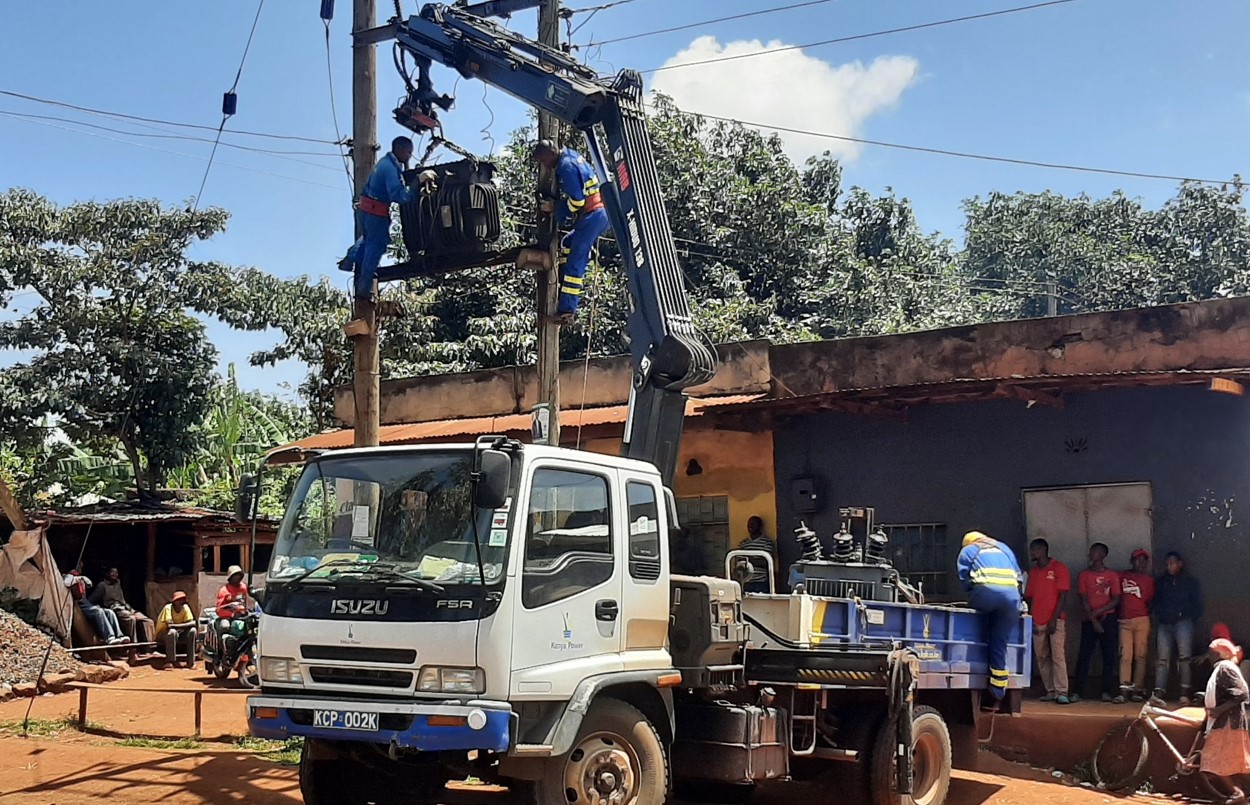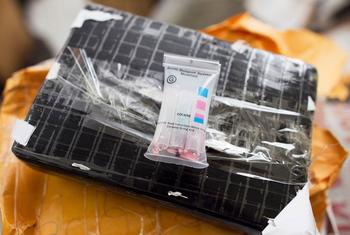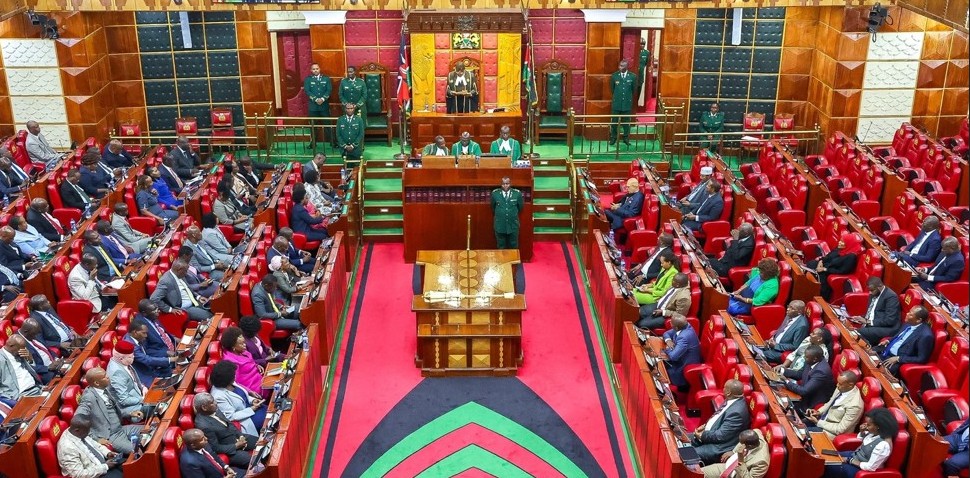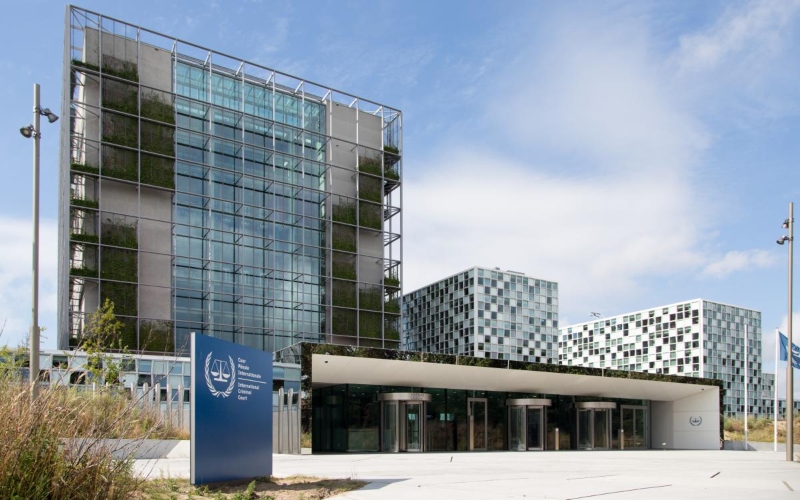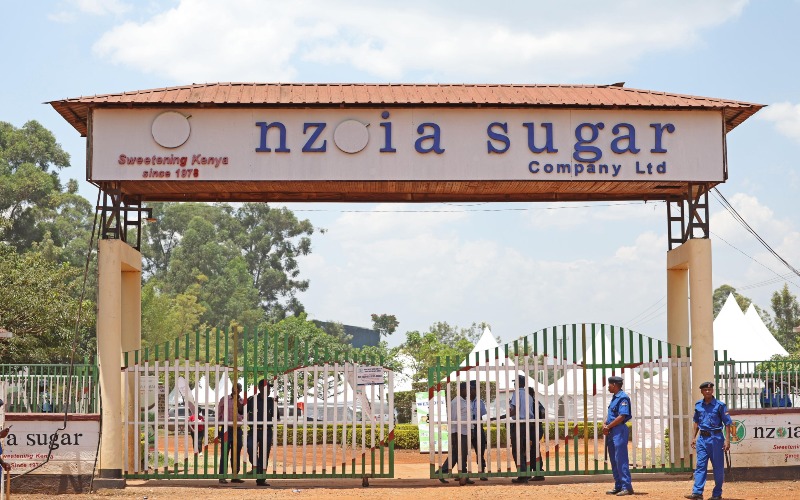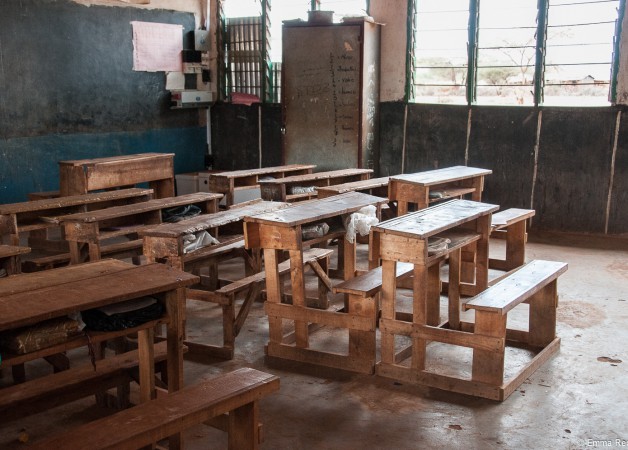Kenya’s agriculture sector faces surge in fake inputs, Anti-Counterfeit Authority urges farmers to stay vigilant

The Anti-Counterfeit Authority (ACA) has put Kenyan farmers on notice after a recent survey identified them as the most targeted group by counterfeiters in the country.
The 2025 consumer-level study raises concerns for the agriculture sector, revealing that most respondents identified agricultural inputs as the most commonly encountered counterfeit products.
More To Read
- Ruto unveils Sh400 billion mega dam plan to turn North and Coast regions into Kenya's new food basket
- International Rescue Committee warns millions at risk as drought intensifies across Northern Somalia
- City Hall moves to recognise urban farmers in policy review
- Anti-Counterfeit Authority chair charged with soliciting Sh5 million bribe to shield businessman
- Agrifood SMEs to benefit from new Sh16.4 billion funding programme
- Africa’s food security challenge: G20 calls for boost in trade and sustainable farming solutions
“Agriculture was the most affected sector, with 89.16 per cent of respondents identifying pesticides and herbicides as commonly counterfeited, followed by automotive spare parts at 81.89 per cent,” the report reads.
The findings underscore a growing threat to food security and farm productivity, as counterfeit agricultural inputs not only waste farmers' money but also compromise yields and safety.
Limited oversight
The ACA is now urging farmers to stay vigilant when purchasing farm supplies, especially in rural markets where oversight is limited and counterfeit products are more prevalent.
Overall, consumer responses show that at least 60 per cent of participants have unknowingly bought counterfeit goods.
“Key sources of these goods included street sellers (59.37 per cent) and shops/kiosks (54.42 per cent), with online platforms (31.27 per cent) emerging as a growing distribution channel.”
Despite the rising threat, the authority says the general public awareness of counterfeiting is relatively high, at 83.85 per cent, though it varies significantly across regions.
Counties such as Busia (98 per cent) and Machakos (90.8 per cent) showed the highest levels of awareness, while others like Garissa (66.7 per cent) and Mombasa (63.6 per cent) reported much lower familiarity with the issue.
Sector-specific awareness is strongest in agriculture (39.52 per cent), alcoholic drinks (36.57 per cent), and cosmetics (33.99 per cent), but alarmingly low in paper and timber-related goods.
Limited impact
The report also highlights how most consumers become aware of counterfeit risks through brand familiarity (70.87 per cent) and advertising (54.28 per cent).
It, however, notes that outreach forums against fake products have limited impact, reaching only 8.61 per cent of respondents, a gap that suggests the need for more effective and widespread consumer education strategies.
Nevertheless, the report reveals that reporting counterfeit cases is rare, with 94.34 per cent of respondents not reporting such incidents due to a lack of awareness about reporting mechanisms (26.86 per cent), and scepticism regarding the likelihood of action being taken (36.08 per cent).
“Key challenges identified include difficulty in distinguishing genuine products (38.64 per cent) and the high cost of authentic goods (24.11 per cent),” the report says.
Proposed solutions emphasise the importance of increasing public awareness campaigns, empowering consumers and strengthening reporting mechanisms.
Impacts of counterfeiting
According to the authority, counterfeiting has become an issue that affects various industries, with its scope and sophistication expanding significantly in recent years.
“The rise of digitalisation and e-commerce has made it easier for counterfeiters to distribute fake goods across borders, making online marketplaces and social media platforms key channels for the proliferation of counterfeit products.”
The trend has been observed across multiple sectors, including pharmaceuticals, electronics, luxury goods and consumer products, where genuine and counterfeit items have become increasingly blurred.
The pharmaceutical industry, in particular, has been severely impacted, with counterfeit drugs posing significant health risks, especially in developing countries.
Significant safety risks
ACA reckons that the growing influx of counterfeit products poses significant safety risks and undermines the reputation of legitimate brands.
“Intellectual property theft (IP) through counterfeiting remains a significant concern for many industries, including software and entertainment, where piracy and illegal downloads continue to undermine the creative economy,” it says.
Economically, counterfeiting has a profound impact on global trade and commerce.
The Organisation for Economic Co-operation and Development estimates that counterfeit goods account for approximately $500 billion (Sh64.6 trillion) annually, representing around 2.5 per cent of global trade.
This results in substantial revenue losses for businesses and, by extension, significant job losses in sectors such as manufacturing and technology.
Governments also suffer due to the loss of tax revenues from counterfeit goods sold in informal markets, which ultimately affects public funding and investment in essential services.
Top Stories Today
